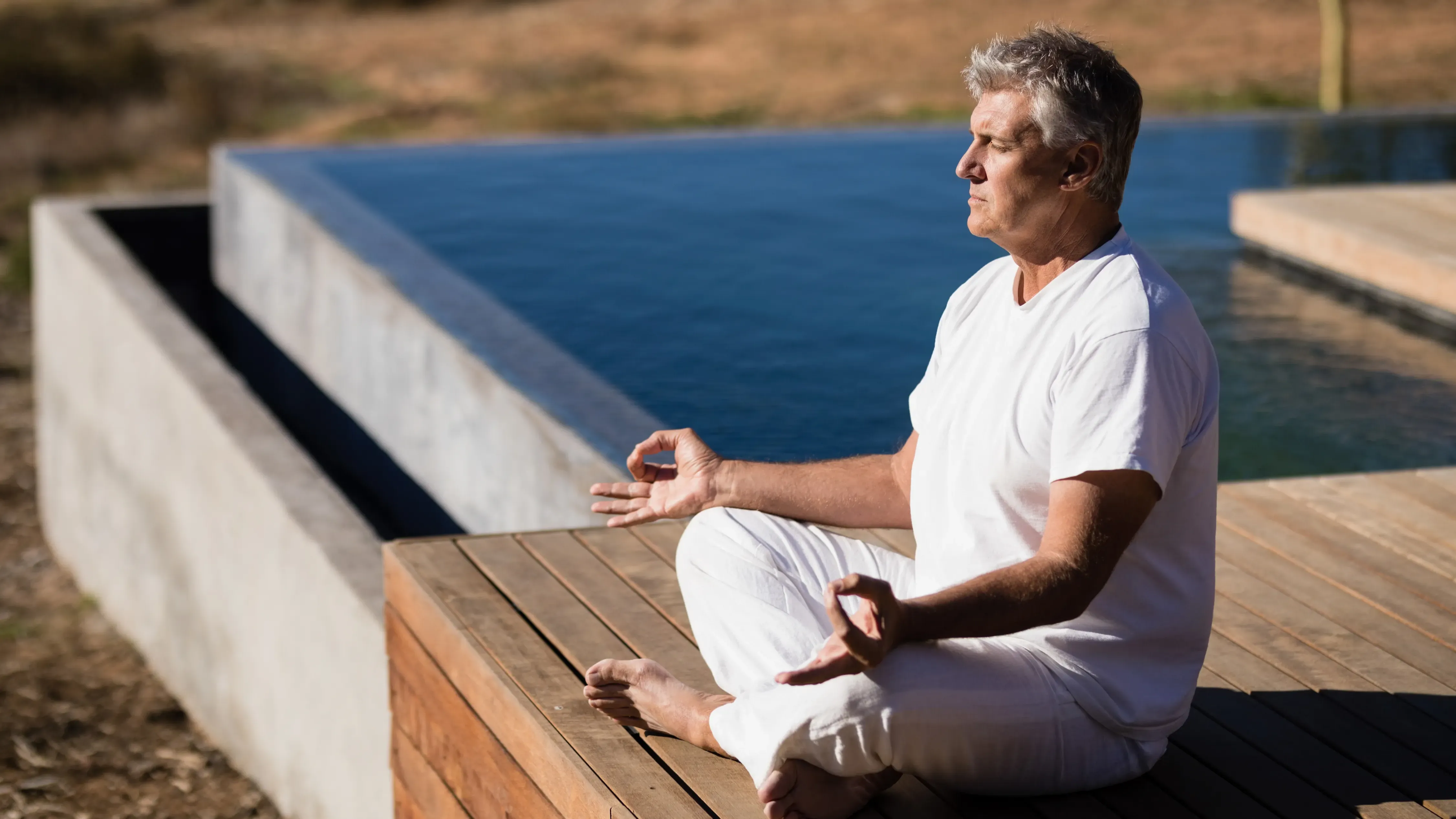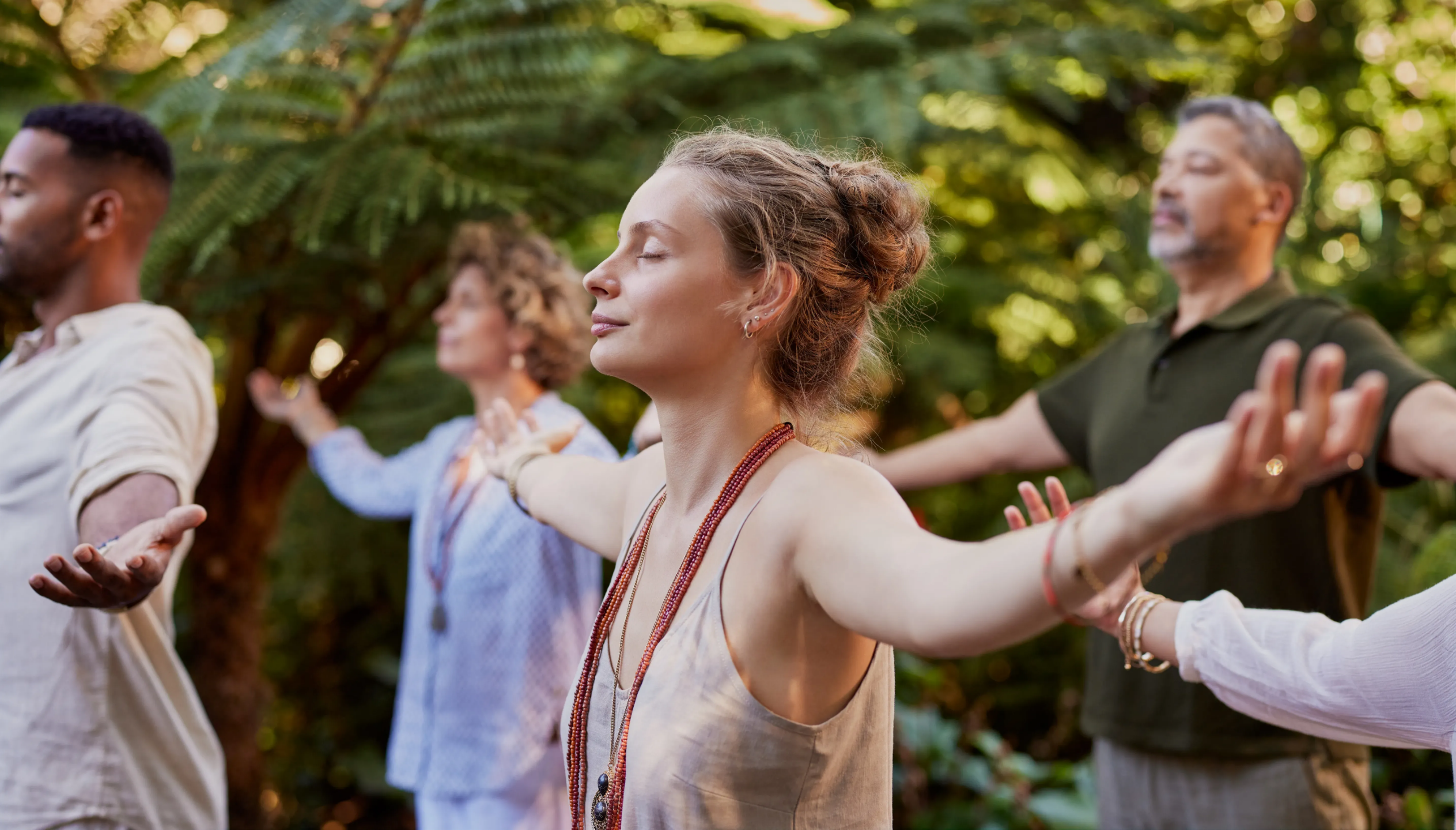Grounding: A Simple Solution to Stress
Nov 19, 2025
Why Stress Is More Dangerous Than We Think
Stress has quietly become one of the most damaging forces affecting our wellbeing today. It can be even more harmful than unhealthy food, lack of movement or living in polluted areas because it impacts both the mind and body at the same time. Almost everyone feels it, since the world is moving faster than ever and constantly demands our attention.
In the last decade we started living in a way that humanity has never experienced. We spend hours every day staring at screens, receiving non-stop stimulation. The nervous system never gets a true pause. Even the small moments meant for rest are filled with scrolling through social media. This constant input keeps the body in a state of tension. Over time this leads to burnout, anxiety, emotional instability and physical symptoms. When the body asks for stillness and we ignore it, eventually it cannot keep up and begins to shut down.
What Grounding Really Means

Grounding is often misunderstood. Many people think it only means walking barefoot on the earth. Earthing is part of grounding, but grounding itself is deeper and much more important. It means feeling stable, secure and truly present in your body. For this to happen, the parasympathetic nervous system has to be active. This is the “rest and digest” state where the body repairs, digests, recovers and feels safe.
When we are stressed, the sympathetic nervous system takes over. This is our fight-or-flight mode. It speeds up thoughts, pushes us to do more, makes breathing shallow and pulls our awareness out of the present moment. We begin to react as if danger is real even when we are completely safe. Internal chemistry shifts, the mind becomes louder than the body and we disconnect from what we are actually experiencing.
Grounding is essential today because it brings us back into a state of inner safety and stability. When the body feels safe, the mind softens. We become clearer, more balanced and able to make decisions from a grounded place instead of survival mode. It helps us go after goals while staying connected to ourselves and the present moment.
How Grounding Supports the Nervous System
To ground yourself you need to return to the present moment and reconnect with the world around you. Grounding is simple and incredibly practical. Spend time in nature, walk barefoot, touch plants, feel the sunlight on your skin. These sensory experiences calm the nervous system and bring you back into your natural rhythm. Walking barefoot is especially powerful because of earthing. Earthing means direct skin contact with natural ground such as grass, sand or soil. The earth carries a natural electric charge, and studies show that this contact may help reduce inflammation, balance cortisol and support deeper nervous system regulation. Meditation and breathwork also directly influence the nervous system. They create measurable physiological changes that settle the mind, regulate stress responses and support a steadier emotional baseline. There are plenty of studies that show how all the 3 methods are simple but very effective ways to ground yourself, I will share some of it.
What Science Says About Breath

A study published in Frontiers in Human Neuroscience
Showed that slow breathing significantly increased vagal tone and shifted the body into a parasympathetic state. The researchers noted that by reducing the breath rate, the autonomic nervous system becomes more balanced, leading to calmer physiological responses and improved emotional regulation.
Another study in the Journal of Psychosomatic Research
Found that mindfulness-based meditation reliably reduced anxiety, stress markers and emotional reactivity. Participants experienced measurable improvements in mental clarity and overall resilience, demonstrating how consistent practice directly influences psychological wellbeing.
Research published in the Journal of Environmental and Public Health
Reported that direct skin contact with the earth’s surface helped regulate cortisol rhythms, improve sleep quality and reduce inflammation. The findings suggested that earthing may support healthier stress responses by reconnecting the body with the earth’s natural electrical charge.
Even ten to fifteen minutes a day can create real change in your emotional and physical wellbeing. Grounding practices are simple, natural, free and highly effective. This is why they are a core part of the holistic work I share with my students. They are gentle and easy, yet incredibly powerful when practiced consistently.
Meditation for Grounding
If you want a guided way to experience grounding, you can use my free twelve-minute grounding meditation on YouTube. I created this practice to help you return into your body quickly. Sit comfortably on the floor or on a chair, take a few deep breaths to settle into the moment and then let the practice guide you deeper.
Listen to the meditation hereGrounding is not complicated. It is a natural way to teach your nervous system that you are safe. When you practice it regularly, stress decreases, clarity increases and life becomes more balanced, steady and aligned with what truly matters.


